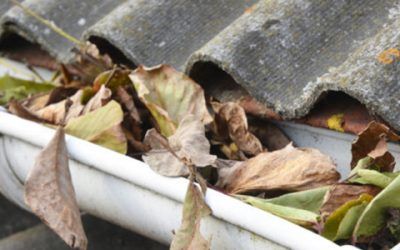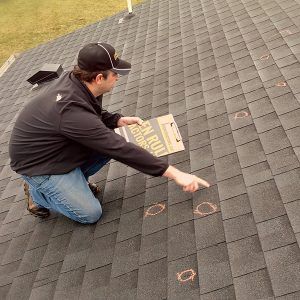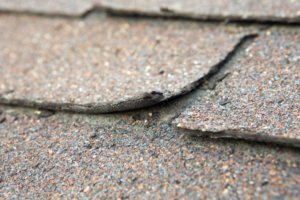Is it Time for a New Roof?
Having a ‘roof over our head’ is, by and large, pretty much a given in this day and age.
And, often times, it’s something we don’t really think about – the roof, that is – until a problem is noticed. Many times the first sign of an issue is the appearance of a water spot on your ceiling, or shingles littering your yard after a storm.
When those items are detected, the first question that tends to be asked is:
Can it be repaired or does it have to be replaced?
Well, the answer to that question typically depends on a multitude of factors. With that said, let’s take a few minutes to review some of the things that we look at when making that determination:
What’s the age?
The typical asphalt shingle roof will last anywhere from 15 to 25 years. But, age alone doesn’t tell the whole story. For instance, other factors – such as whether or not your existing roof was installed over an additional layer (or layers, as is often the case) of shingles – come into play, as well.
Peaks and valleys
Another item that can be a determining factor in regards to ‘do we or don’t we’ replace the roof is the condition of shingles in the valleys on your roof. If shingles in these areas are broken, falling apart, or all together missing, then it’s time for a new roof. Why, you ask? Well, because – believe it or not – the valleys on your roof are some of the most important areas. After all, the valleys are what direct snow and rain into the gutters which means that, if the valleys aren’t in great shape, you could be setting yourself up for some serious interior water damage.
Buckled and curled?
When it comes to seat belts, buckling is a good thing. However, when it’s in regards to your shingles, that’s another matter all together. Shingles that have curled and/or buckled are a definite sign that a new roof may be in the near future. Shingles that don’t lay flat or are losing their asphalt granules are probably shingles that have exceeded their life expectancy (the other possibility in this case is that the shingles are defective – we can help you determine if that’s the case and, if it is, whether or not you’re eligible for any type of reimbursement).
Got a chimney?
If you have a chimney, the area around it is something that should be watched. That’s because – especially on some older homes – the flashing may be comprised of either tar or roof cement. If that’s the case, replacing the existing flashing with a metal flashing system – which would be water tight, is something that’s probably in order.
Missing shingles, or shingles that are missing their granules
If you’ve got a roof that’s missing shingles, it’s quite possible that the time has come for a new roof. Along those same lines, shingles that have started shedding all of their granules (which are often times noticed in the gutters and downspouts) are also something to be aware of, as roofs tend to lose more granules as the shingles approach the end of their life cycle.
Peek-a-boo
If you have an (unfinished) attic, take a few minutes to go up and take note of any light that may be visible through the roof boards. While you’re up there, also check for wet insulation – just because you don’t see visible damage doesn’t mean water isn’t slipping in somewhere.
If you start to notice any of the above, please don’t hesitate to give us a call. The roofing professionals here at Golden Rule would be more than happy to work with you to help you determine if a new roof is in order, or if the problems that you’re noticing are something that can be repaired on their own.
RECENT POSTS







